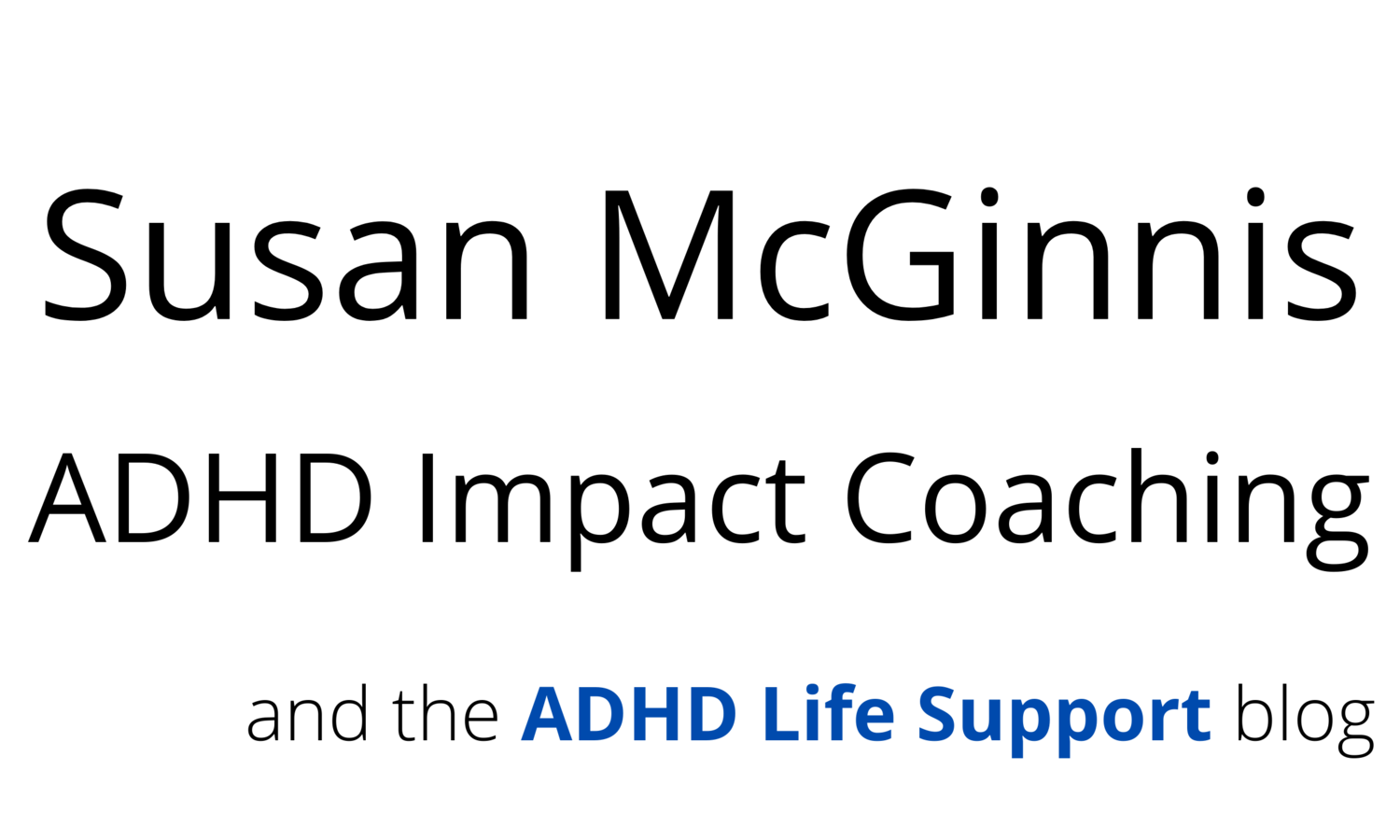Tips for Managing Email with ADHD
Email is a special source of anxiety for people with ADHD, so let’s talk about why managing email is hard: noticing it; reading it; responding to it; sending it.
Consider: email is a list of electronic messages that arrive around the clock, with new messages constantly supplanting older ones at the top of the list. The hopeful possibility, that a message will contain the last piece of critical information you’ve been waiting for, is equal to the potential threat to re-order your plans for the day.
You the recipient are expected to read each message - or even the dreaded string of messages - closely enough to decide whether it is legitimate; whether it is urgent; whether it is important; whether it includes a request for you; and even what topic it is regarding. It’s a lot of work.
Here are a few ideas that you might try to manage your email:
Consider when, and how often, to check your email, based on your work and on what you need.
Use folders to file emails that contain important information and provide documentation for your work. In your Inbox, create a Current Projects folder and subfolders for individual projects; label the sub-folders with a title/date. You can organize them if their status changes, into “on hold” or “completed” folders. (This also creates a list of your current projects, which in itself might be helpful.)
Reply to simple questions right away. Don’t put it off if you can answer now!
Consider replying to more complex messages right away, even if only to acknowledge receipt and set expectations for a more detailed response.
Print out messages that either include an action item or that require focused attention to read and process. Use a highlighter to mark important details, and write notes to help you remember other details. The paper print-out becomes a planner and reminder.
Forward messages to yourself, creating a searchable Subject line, if the original didn’t include one and you want to be able to find it later.
When you send an email, use best practices that will help others -- maybe they will catch on! Such as:
Write a specific subject line that includes topic and purpose; this will not only help your recipient, but also yourself, since a reply will likely retain your subject line. “Brown project, help with printing specs needed.” “Brown project, status update # 1, for info only.”
Put the most important information first. Why are they getting this email? What do you want them to know? Do they need to do something? If so, when?
They will be scanning your message quickly for details. Help your reader out with a simple structure, bullet points, and clear language.
Stick to one subject per email.
If you want your message to include many details, begin with a summary statement that tells the reader what the body of the email includes.
If you feel you should forward a string of emails, add your own message and a summary of the important points you want the recipient to take away.
ADHD Life Support is the blog of
Susan McGinnis, CALC of ADHD Impact Coaching LLC
Coaching adults with ADHD www.adhdimpactcoaching.com
